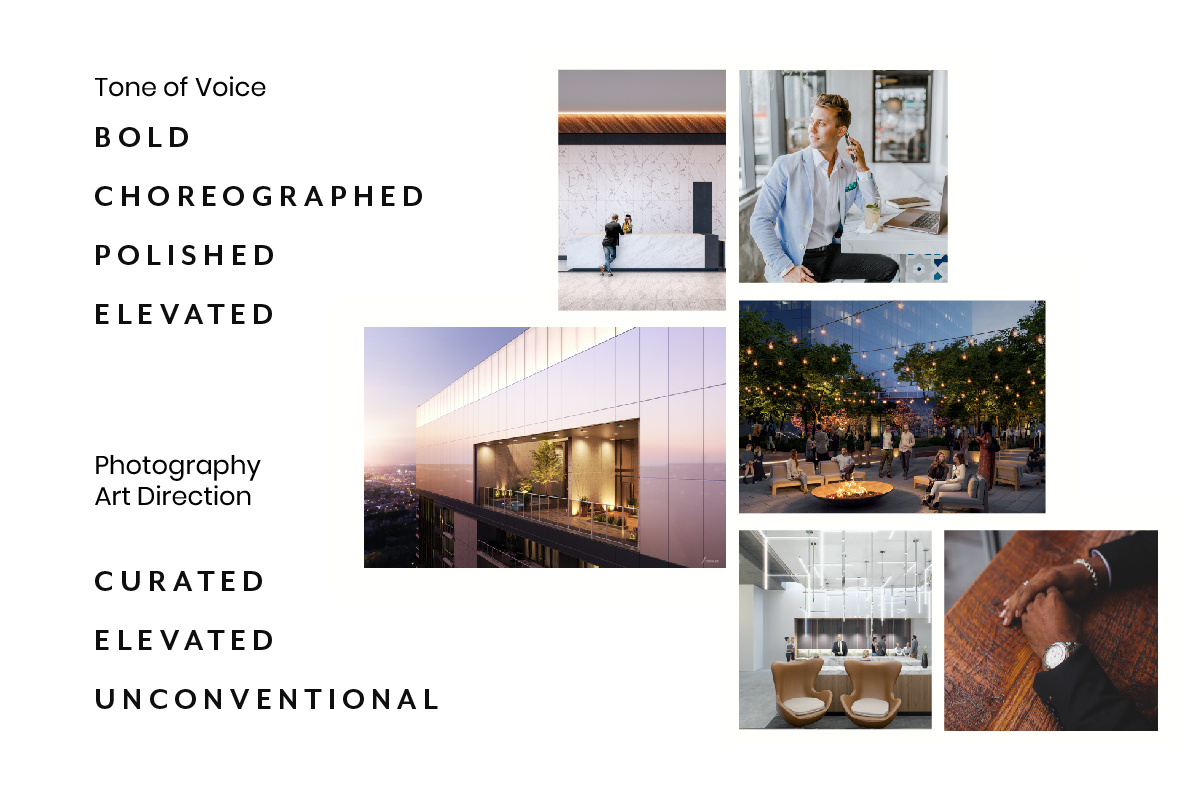- Insights
Brands: How Visual Identity and Campaign Build Recognition and Narrative

Every company in the world has a brand. But what do we mean when we say brand? We look at brand as the full experience someone has with your company/project. It’s how people interact with you, how your project fulfills its promises, and the message your brand puts out into the world. Within that brand, there are infinite levers you can push and pull to affect your reputation.
Within marketing and advertising there are two distinct—yet strongly connected—aspects that are important to your brand: visual identity and campaign messaging.
At a top level your visual identity is for just that: identification. Your campaign message is where your brand begins to tell a story; campaign is all about communication.
Let’s talk about some differences between these two facets of brand and what they can each achieve.
Visual Identity
Let’s talk about identity first. We’re all familiar with brand identities as logos: Nike’s swoosh, Target’s bullseye, Apple’s apple.
Each of these logo marks is the core visual brand element for these companies. These marks are at the center of the visual toolbox a brand uses.
Along with the primary logo, a team will develop a larger, more flexible set of visual assets: fonts, colors, iconography, patterns.
These design elements form the content of your brand guidelines.
Your visual identity will be used to create items like your paper system, on-site signage, even website elements. This graphic toolbox gives any design team a consistent direction to iterate within.
With a solid brand identity, you’ll begin to build strong brand equity and establish a recognizable brand aesthetic.
What are the components of a brand’s Visual Identity?

Logo
The most recognizable visual signature of a brand. Sometimes this can be a graphic + type mark or can consist of type only.
Color Palette
Maybe it’s just black and white, maybe you prefer to taste the full rainbow, or your product or project might inform your choices. (Pepto Bismol pink anyone?) Color can be the most emotional and evocative aspect of your brand.
A logo may use many colors or use a primary palette with a secondary larger palette providing more latitude for additional executions.
Typography
A logo will almost always include a typemark with the company, product, project name. And until your brand reaches the Nike/Apple/Starbucks levels of recognition, the typemark will be important.
All of these elements are organized and explained in a brand guideline document that any team can use to create consistent implementation across all channels.
Campaign Messaging
While a visual identity alone can do a lot to establish a brand, most companies are looking to tell a larger story, inform their audience, and/or persuade them to take an action.
This work takes more than just a visual identity. Your campaign builds on your visual identity to create something that spreads your brand story and sells it to your audience.
When you begin the process of developing a marketing plan, you’re asking yourself “when” and “where” questions around your promotion.
Conceptual campaign messaging solves the “what” question. Similar to the visual consistency established in our identity, campaign messaging gives us both a big idea and sets the tone and style for our communications.
What are the Components of Campaign Messaging?

Tagline
Your tagline is the big idea of your campaign. This is the line of copy you may often see underneath a logo or woven into an ad placement. (Think McDonald’s “I’m lovin’ it” or Apple’s “Think different.”)
Art Direction
Your visual identity lays the groundwork and campaign art direction takes that to the next level with ad layouts, photo treatments, conceptual graphics, headline treatments, etc. Your brand will appear in a large variety of media over time.
Art direction isn’t about a single layout, but about a visual voice flexible enough to keep all of the visual media consistent and recognizable.
Copywriting
The sibling to art direction, copywriting builds your brand’s voice. Art direction and copywriting complement each other to tell a fuller story across visual media.
Consistent tone and voice in copy is how audio streaming spots—even without graphics—feel connected to visual ads. Copywriting builds a living glossary that creates brand equity and recognition.
Similar to how a brand identity guideline directs visual executions, a campaign guideline is created to maintain consistent communication across media and time.
Identity and campaign work together to establish your brand and tell your story to the world. While they each contribute in their own way, when combined, they build strong effective brand communication.
From first impressions to millions of marketing impressions, your identity and campaign messaging are integral in presenting a powerful brand to your audience.
Sign Up For Our Newsletter:
